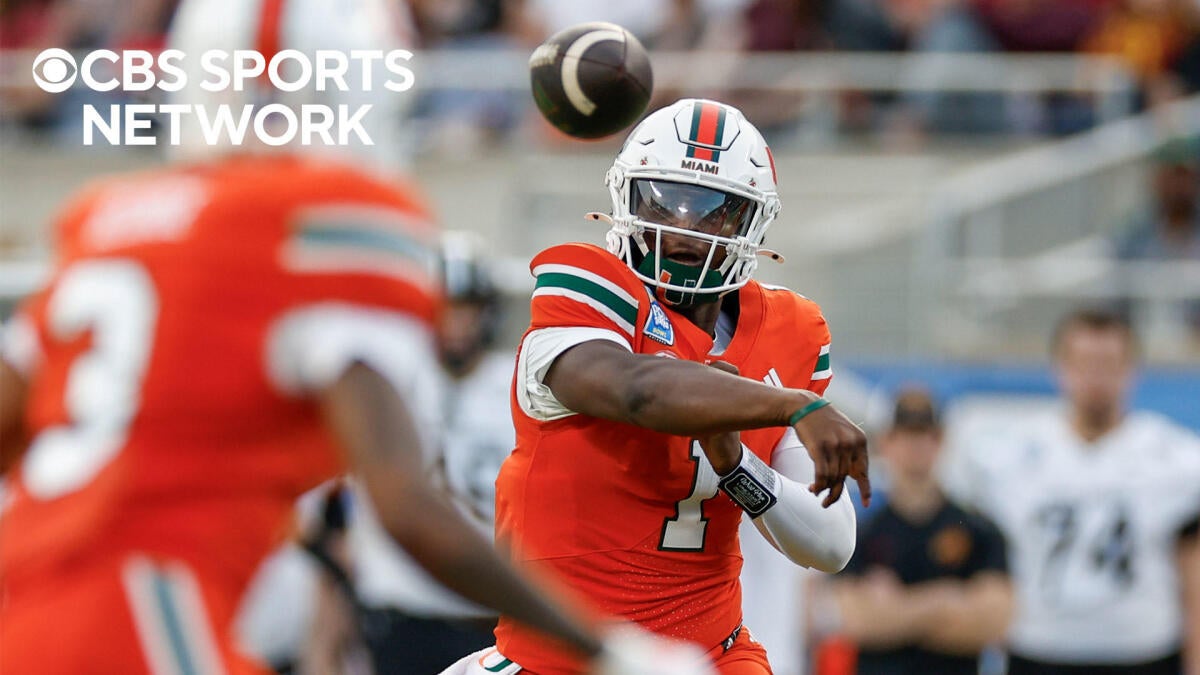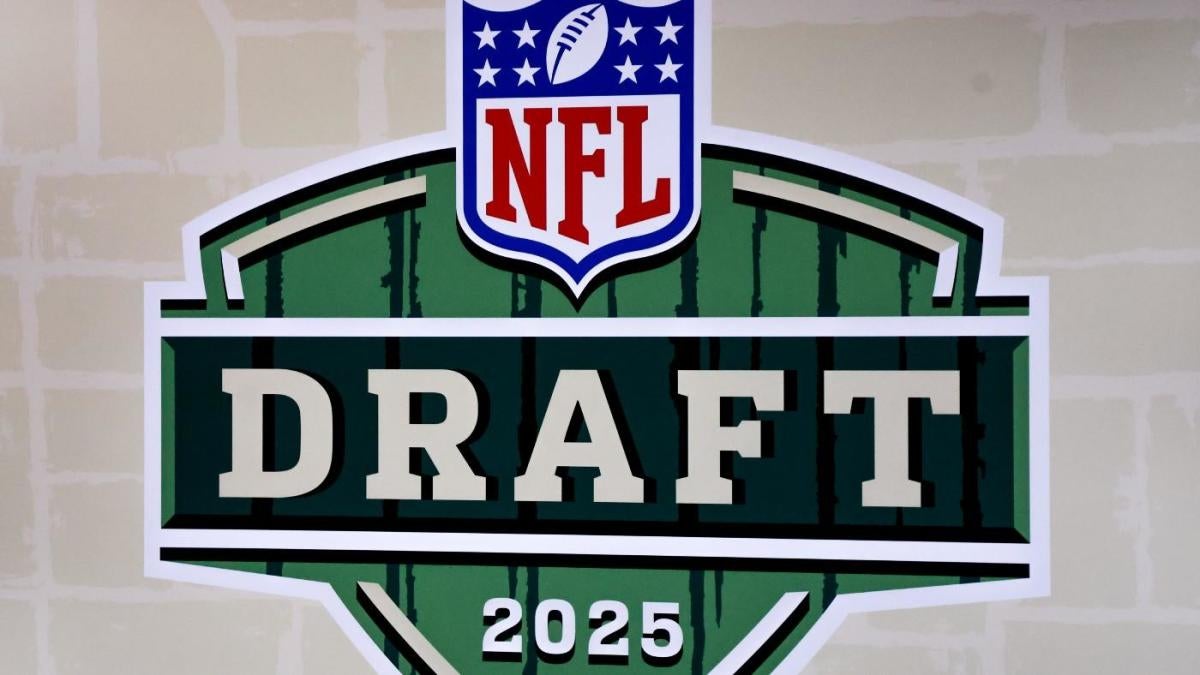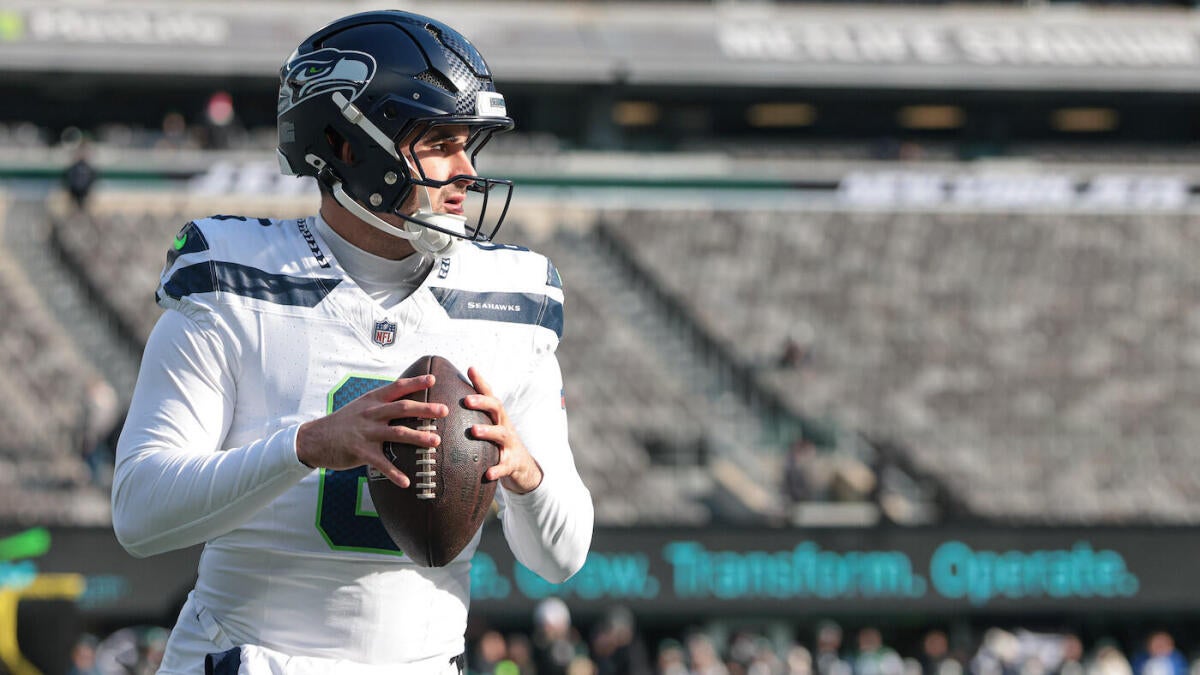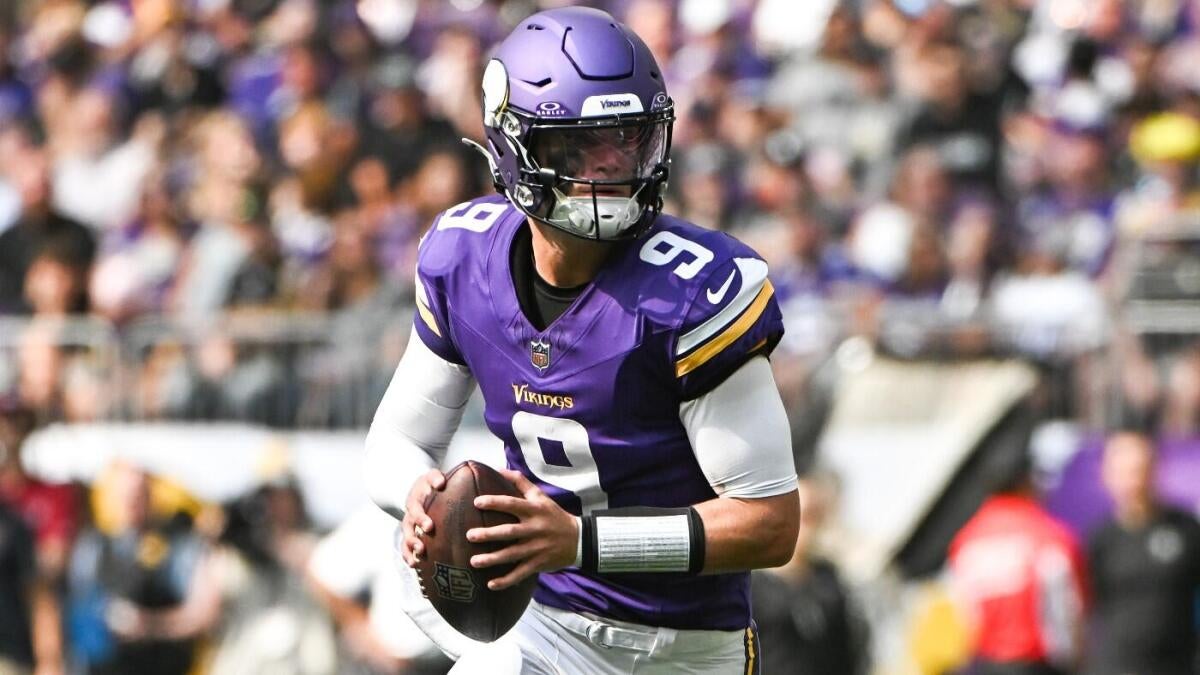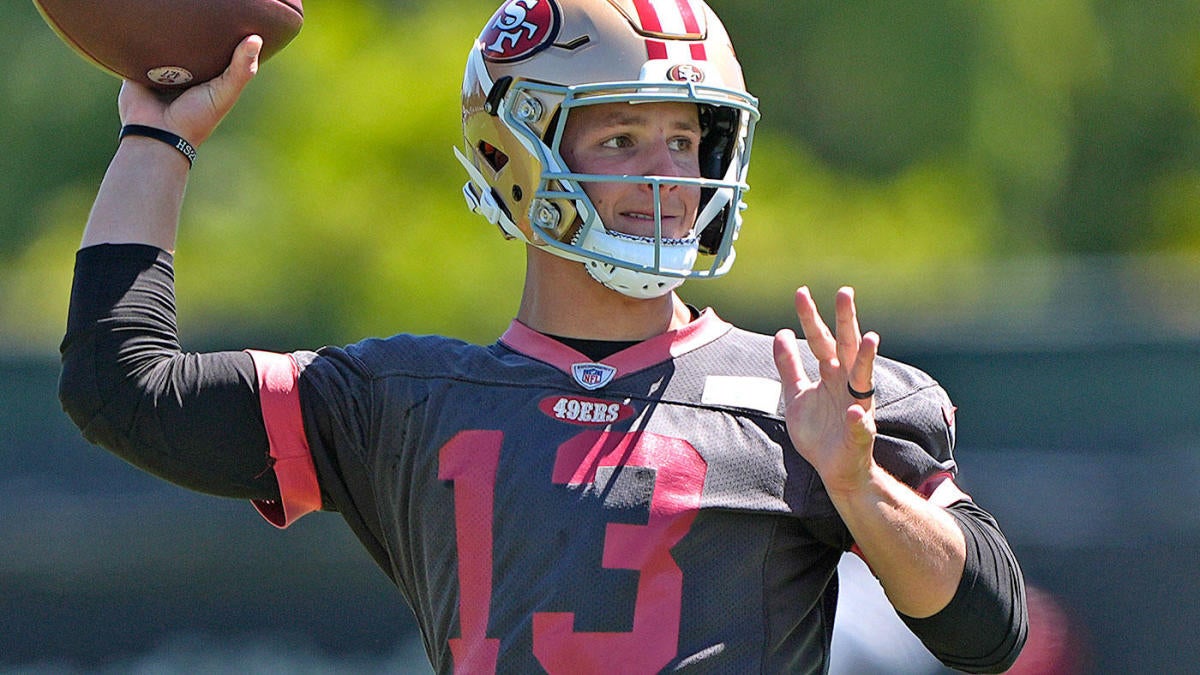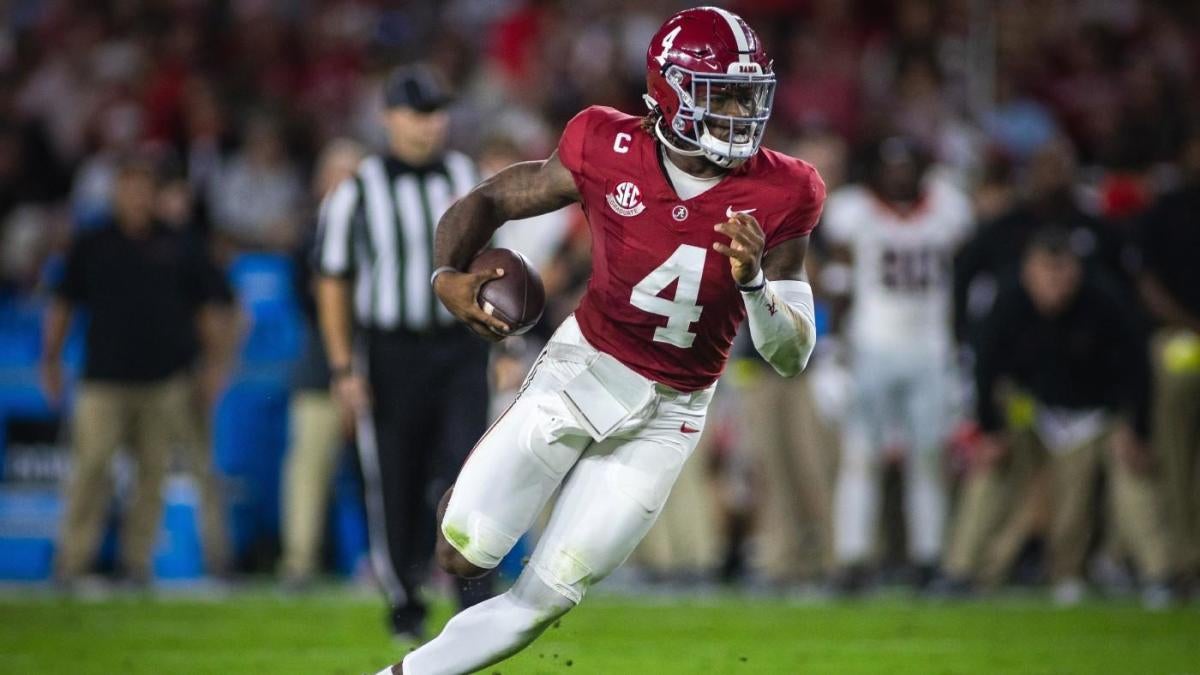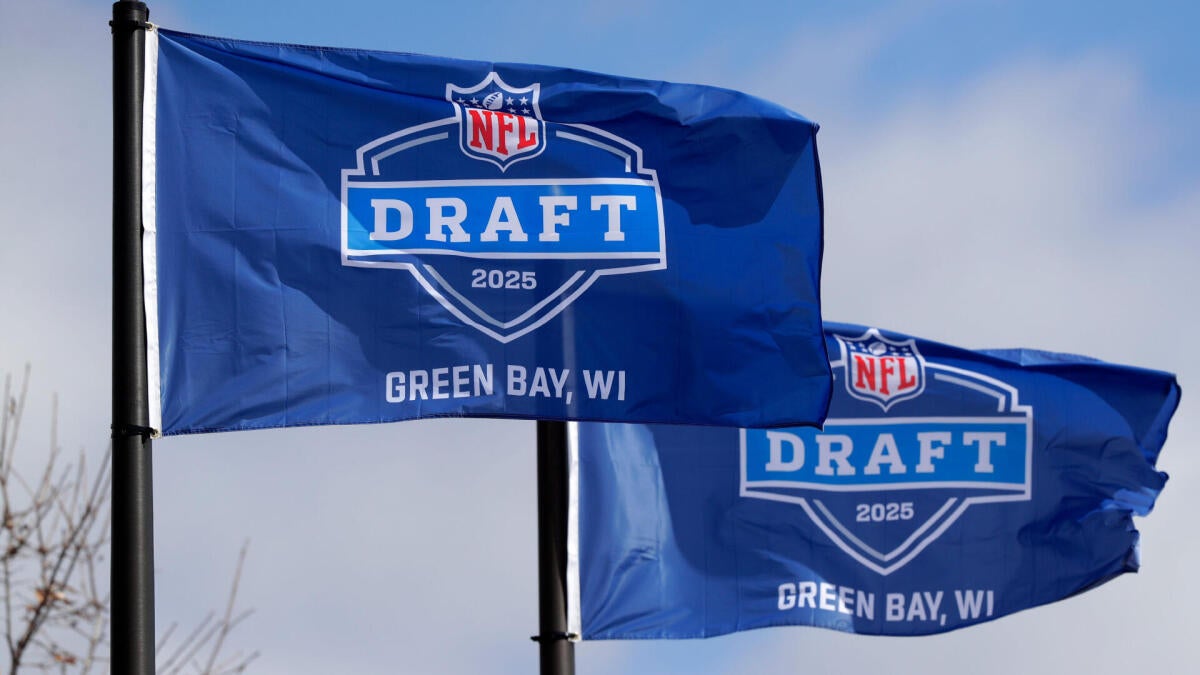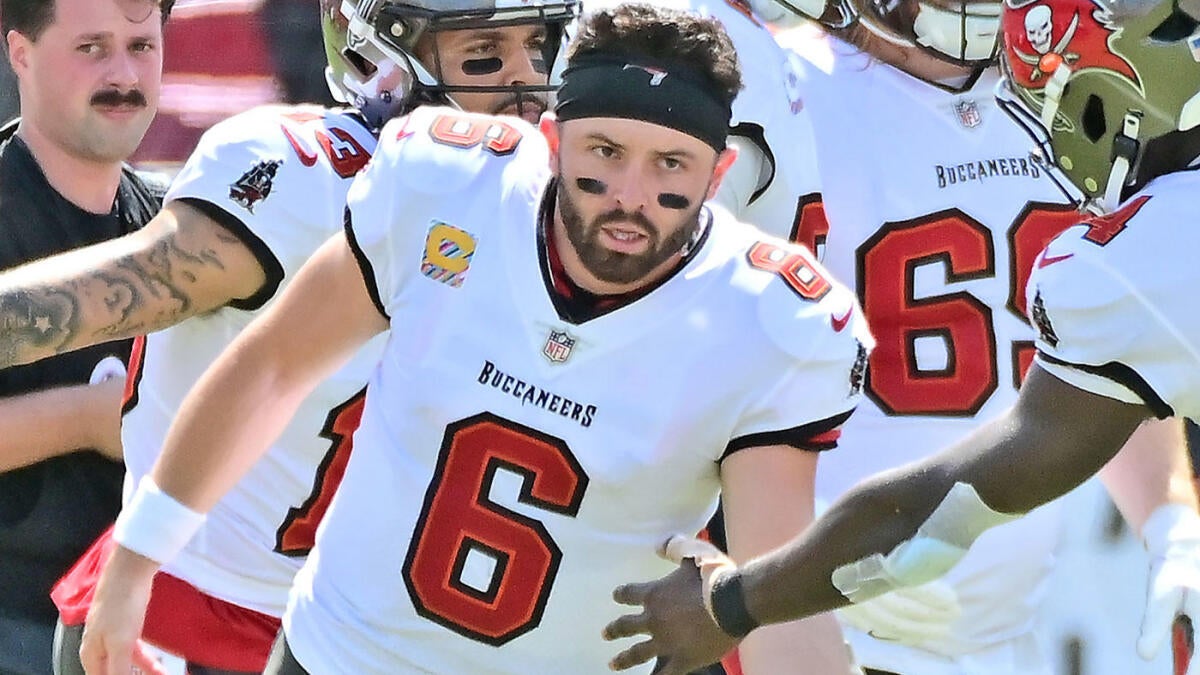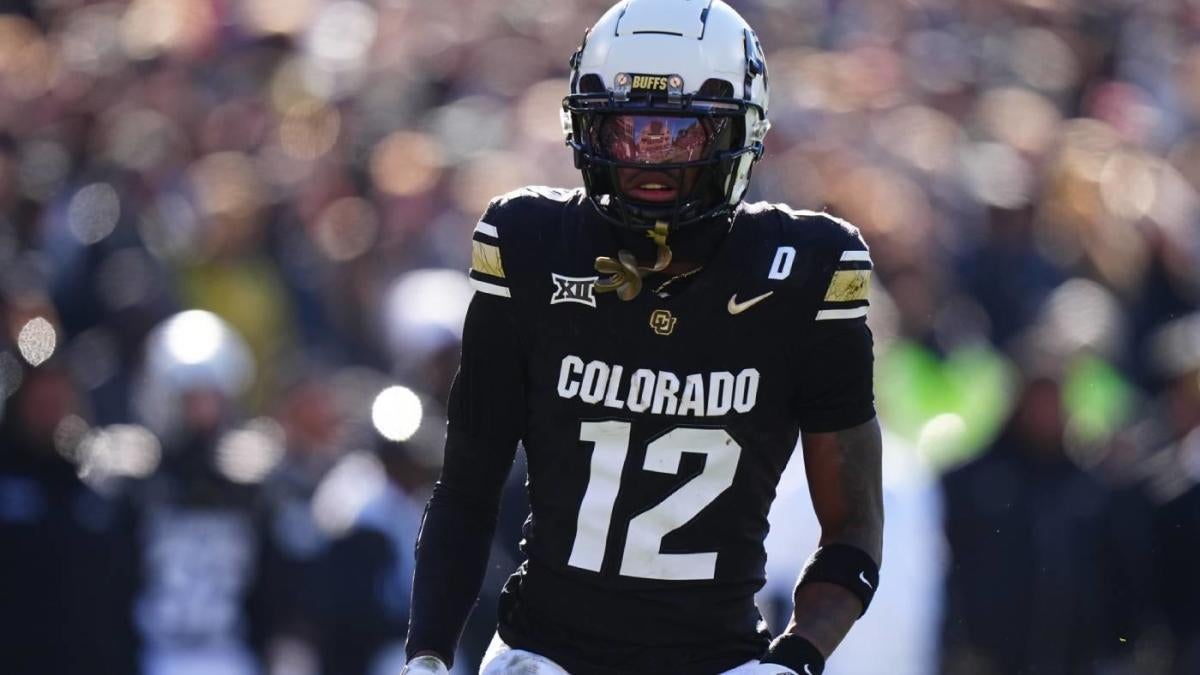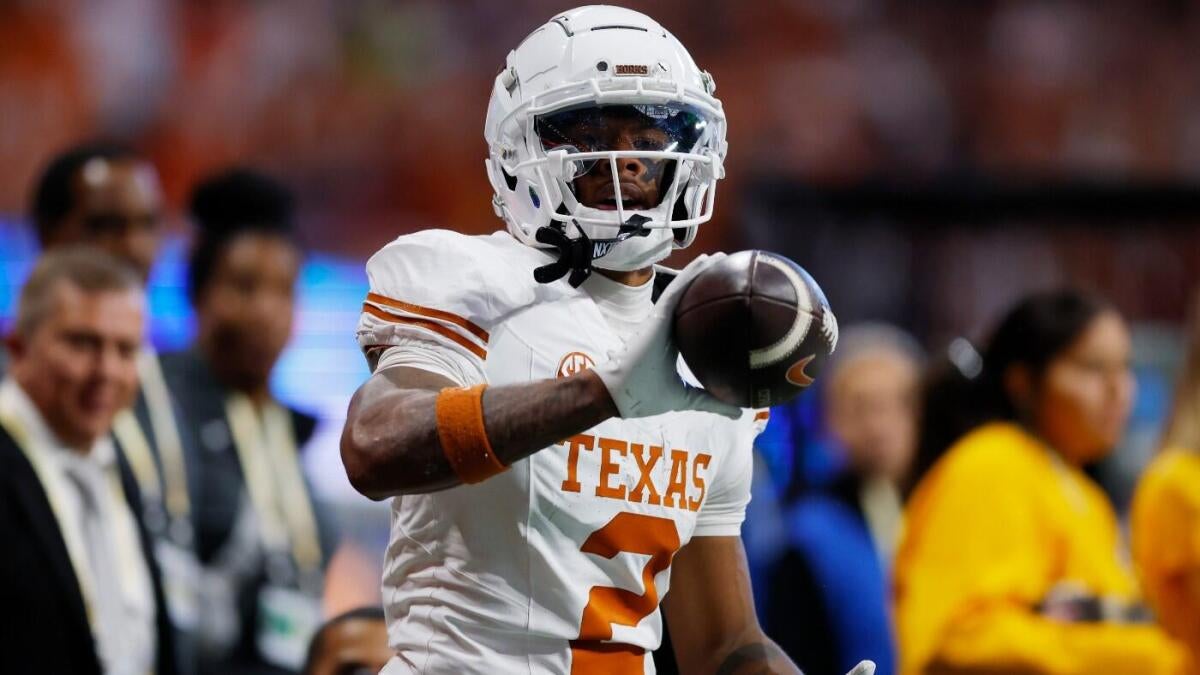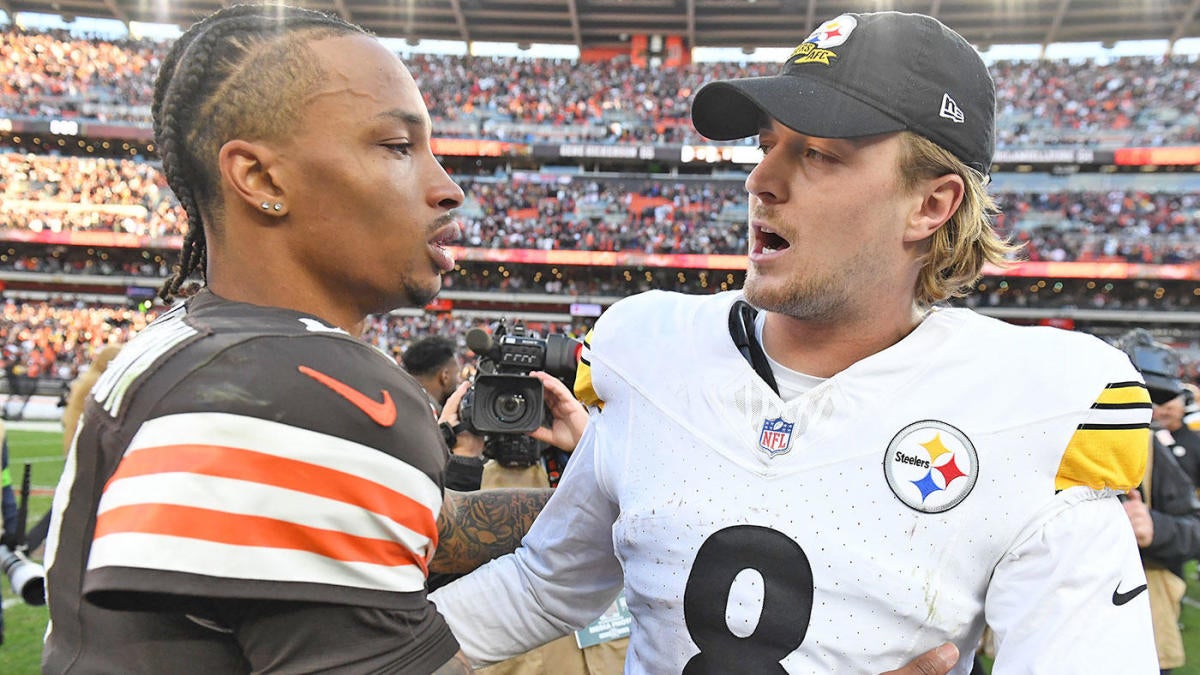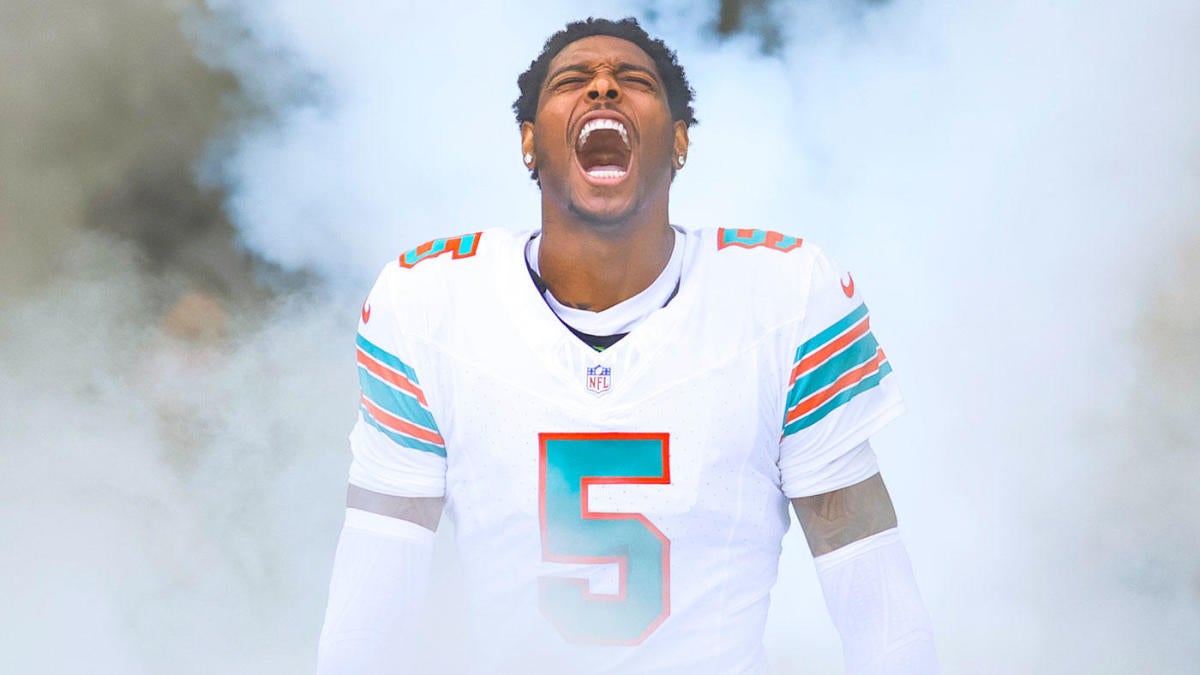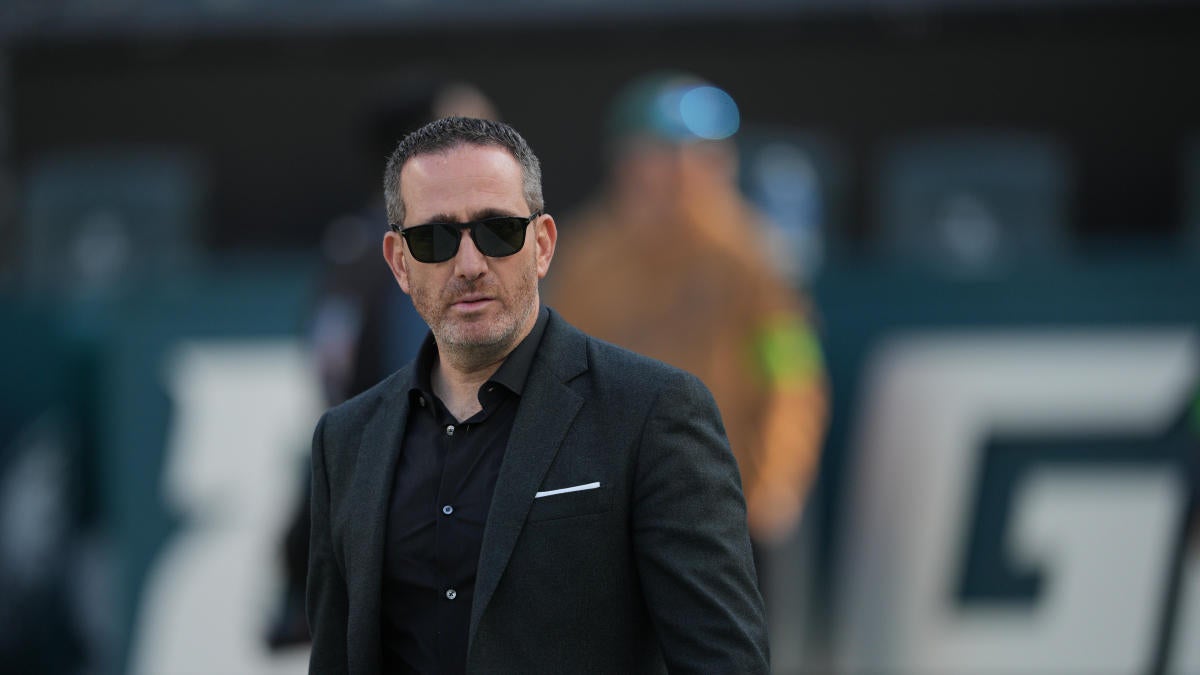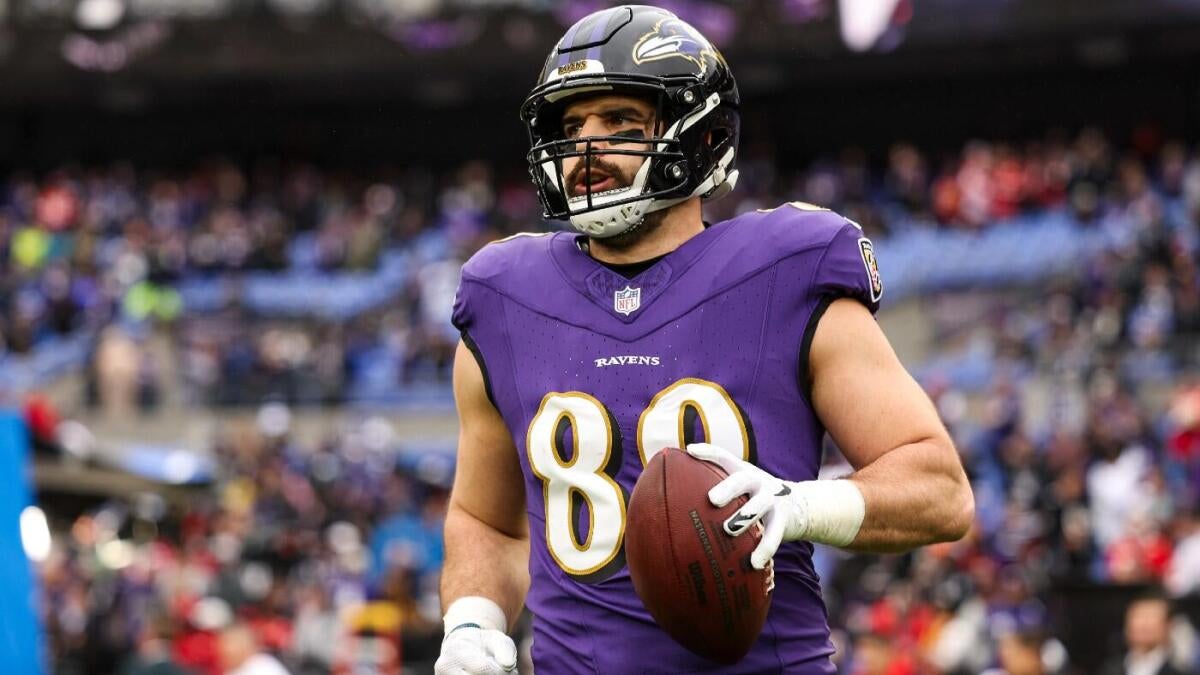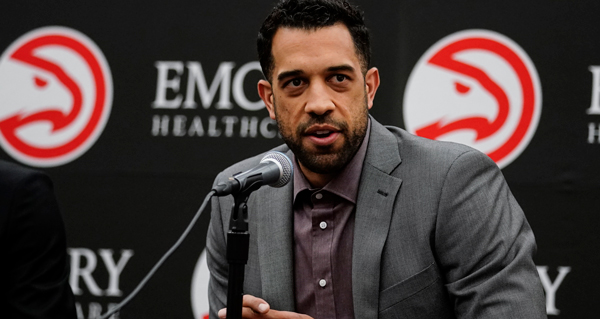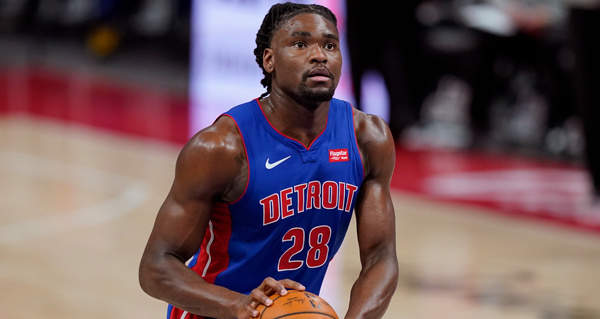:no_upscale()/cdn.vox-cdn.com/uploads/chorus_asset/file/24484880/1246937487.jpg)
“Advanced analytics” is a bit of a funny phrase. In the basketball world, it’s about as broad a phrase as you can find to explain the modern-day basketball revolution. It covers everything from player tracking data to minute shooting stats to Al Horford’s rebounding percentage (11.2% in 2022-23, lowest of his career btw).
For Joe Mazzulla, it has been the gas in the engine for his first year as head coach. As you go back through his quotes and press conferences, there have been some specific analytics he’s pointed to that have had a real impact on their game strategy. Let’s go through five data points Mazzulla has mentioned in the past that he looks at when helping pick this team up.
Open Threes
As Coach Mazzulla has said in the past, “I love open threes” and it’s important to understand what he exactly means. There are different levels of shooting open shots. Some are open by three feet, others are open by more than 6+ feet. What Mazzulla is talking about are WIDE OPEN 3-point attempts, designated by 6+ feet or more of space. According to NBA tracking data, the Celtics are attempting 19.4 wide open 3-point attempts per game, making 41.4%, good for 2nd in the league. Last year, that number was at 16.5 attempts per game while the team made 37.6% of those attempts. Huge difference.
:no_upscale()/cdn.vox-cdn.com/uploads/chorus_asset/file/24484880/1246937487.jpg)
The Celtics under his watch are getting more, attempting more, and making more wide open 3’s. Whether it’s play design or the player’s making an extra pass, the concept of always trying to get the best possible 3-point attempt is being applied here in plenty. It does lead to some weird shooting nights (looking at you game-against-Knicks), but the strategy as a whole is working.
Effective Field Goal% (eFG%)
Mazzulla has referred to this multiple times as a replacement for classic FG%. Effective Field Goal% (or eFG% for short) is a really good statistic for those trying to get into the true 1st level of “advanced analytics.” It’s a statistic that adjusts FG% to account for the fact that three-point field goals count for three points while field goals only count for two points. For the nerds out there, the formula is (FG + (.5*3P))/FGA.
This formula is great to use to compare teams or players that shoot a ton of 3’s. Lucky for Mazzulla, the Celtics shoot 42 a game on average, so eFG% works great. Just from looking at the Celtics improvement in that number, you can see how much the team has highlighted it since this core came together and even more since Mazzulla has taken over: 53.4% in 2018-19, 53.1% in 2019-2020, 54.2 %in both 2020-21 and 2021-22, and finally this season, the team sits at 56.4%, good for 6th highest in the league. If you couldn’t tell, the theme is to shoot more 3’s and make more 3’s. Mazzulla ball simplified maybe too much.
Second Chance Points
This is an easy one. Second chance points come into play after the first shot of a possession is missed and a team has another shot at getting points. For Mazzulla, it’s less about the Celtics scoring second chance points, but he’s also emphasizing making sure the other team doesn’t get those 2nd chance opportunities. This ties into a few different stats, but the big one is REB Chance% and REB%.
REB% Chance% is easy; it tells you how often your team has a chance at getting a rebound. Good defensive teams with good rebounders rank highly in stats like these, so no surprise to see the Celtics rank 3rd with a 58.7% REB Chance%. Their execution of those chances then comes into play with REB% and the Celtics again rank highly at 50.9%, 6th in the league.
All of that comes back to second chance points and denying those opportunities to teams. Mazzulla ball again backs up the talk, ranking 6th in the league in opponent 2nd chance points at only 12.7 a game, tied with Denver.
Points Per Possession
PPP has taken on a much different meaning in the past 2-3 years with COVID, but the phrase has remained one of the most important advanced analytics in the NBA. Points per possession calculate just that, how many points do you average per offensive possession. For instance, if I score a 3 on one possession and then come away with nothing the next time down the floor, my PPP is 1.5.
Coach Mazzulla has referenced this in post-game press conferences numerous times, talking about how it’s important to look at your possessions over the course of a full game or season vs. one by one. It’s not a stat that tells you anything new, but it’s a good stat to show how you stack up with other teams. At 1.18, the Celtics rank 2nd in the stat, behind just the Kings and tied with the Nuggets. Spoiler alert: the Celtics are really good at basketball.
:no_upscale()/cdn.vox-cdn.com/uploads/chorus_asset/file/24484892/1247800906.jpg)
Midrange Frequency
Coach Mazzulla has referenced midrange as a way to show off shot quality and how the Celtics’ defense can force teams off the 3-point line and into less valuable shots. For instance, they are 2nd in the NBA in opponent’s shots between 5-19 feet at 27.7 FGA. Teams for the season are shooting only 43.9% on those shots and when you toss in a 34.7% from 3, you’re left with a generally good defense.
The bigger issue is that since the All-Star break, the Celtics are allowing teams to shoot 37.3% from 3 and 44.5% on shots from 5-19 feet. Not a huge difference, but over the course of 6 games, it can be the difference between a 3-3 record and a 5-1 record. The defensive plan is to force teams into worse midrange shots, but the hope is that they actually miss those shots. They don’t miss, the plan doesn’t look nearly as good (looking at you Immanuel Quickley).
The game of basketball has changed a lot in the past decade or so. As spacing and the 3-point shot has taken over, advanced analytics have stormed to the forefront of game planning. Some may think Joe Mazzulla leans too hard into these numbers, but I’d rather have a coach embrace them fully than ignore them entirely. Whether it ends in an NBA title is a whole other question, but for now, just nice to have a real modern basketball team.
Go to Source
Author:
